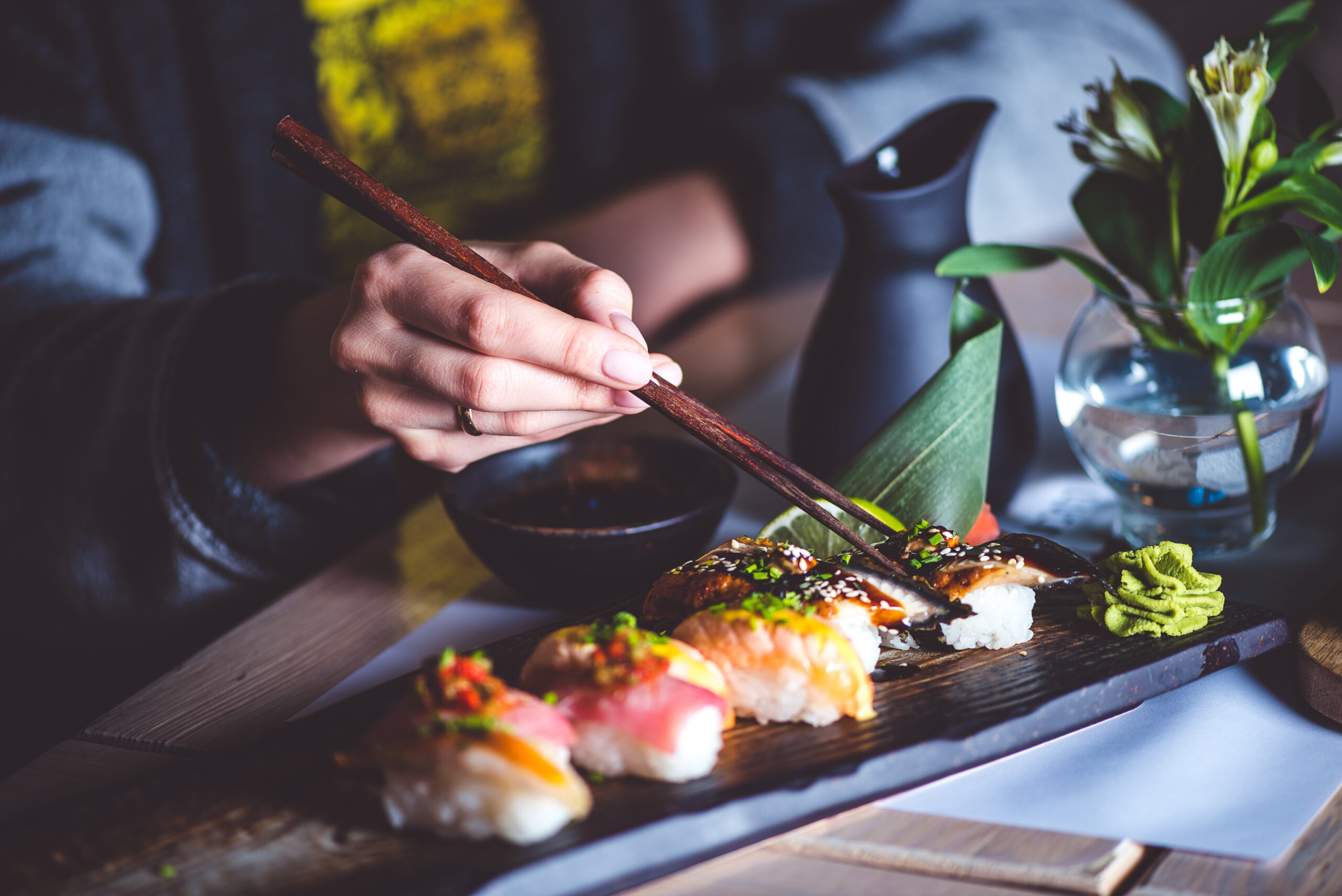Dining is an experience that is not only about the food but also the presentation. The art of plating has always been an essential part of restaurant culture. But with the advent of technology and the industry’s ever-changing demands, chefs and food-business owners have been compelled to incorporate creativity into every aspect of their offerings, including the plating. Using alternative plating materials has exploded in recent years, providing a new dimension to the dining experience. This blog will explore some of today’s most popular alternative plating materials.
Wood Plates
Wood is a material that has become popular for its rustic look and unique texture. It can add a layer of warmth to dishes, making them more inviting. However, wood plates require careful maintenance to keep them clean and hygienic, which can be very time-consuming.
Stone Plates
Stone plates offer a luxury experience for diners and are highly durable. They often carry a premium price point, but their heavy weight can make them challenging to handle. Stone plates also require special care, such as avoiding acidic foods and not scrubbing them with hard sponges that can scratch the surface.
Bamboo Plates
Bamboo is a sustainable material that offers a lightweight and biodegradable alternative to traditional materials. It has a unique texture and can add an eco-friendly touch to dishes. However, bamboo plates can be prone to warping and discoloration over time.
Glass Plates
Glass plates add elegance to dishes, enhancing the presentation of the food and allowing it to shine. They’re easier to clean than other materials but require extra care to avoid breakage.
Edible Plates
Paper and wafer plates are becoming increasingly popular in the restaurant industry due to their interactive nature. They are great for creating a unique dining experience but are only suitable for some foods and can have durability limitations.
Incorporating alternative plating materials is a great way to add creativity to your dishes and enhance the dining experience for your customers. However, it’s essential to consider each material’s durability, maintenance, and suitability before making a decision. Consider the theme and ambiance of your restaurant, the type of dishes you serve, and your customers’ preferences when selecting new plating material. By exploring different options, you’ll be able to unleash your creativity and offer a unique dining experience.

